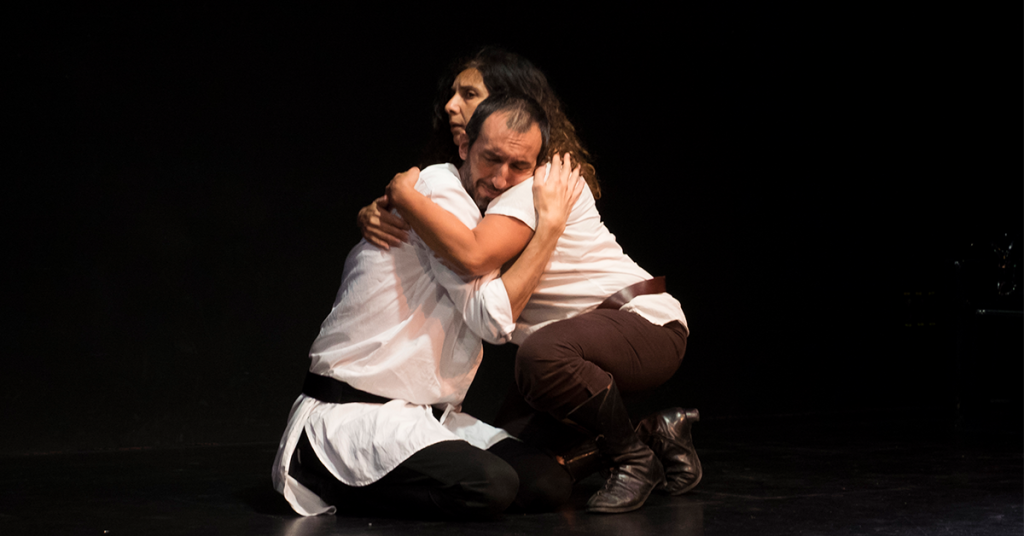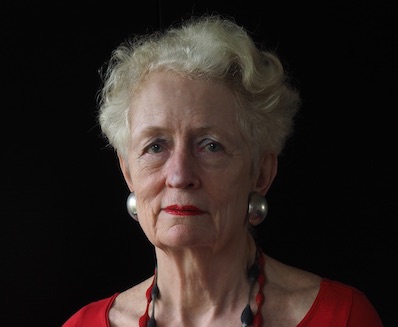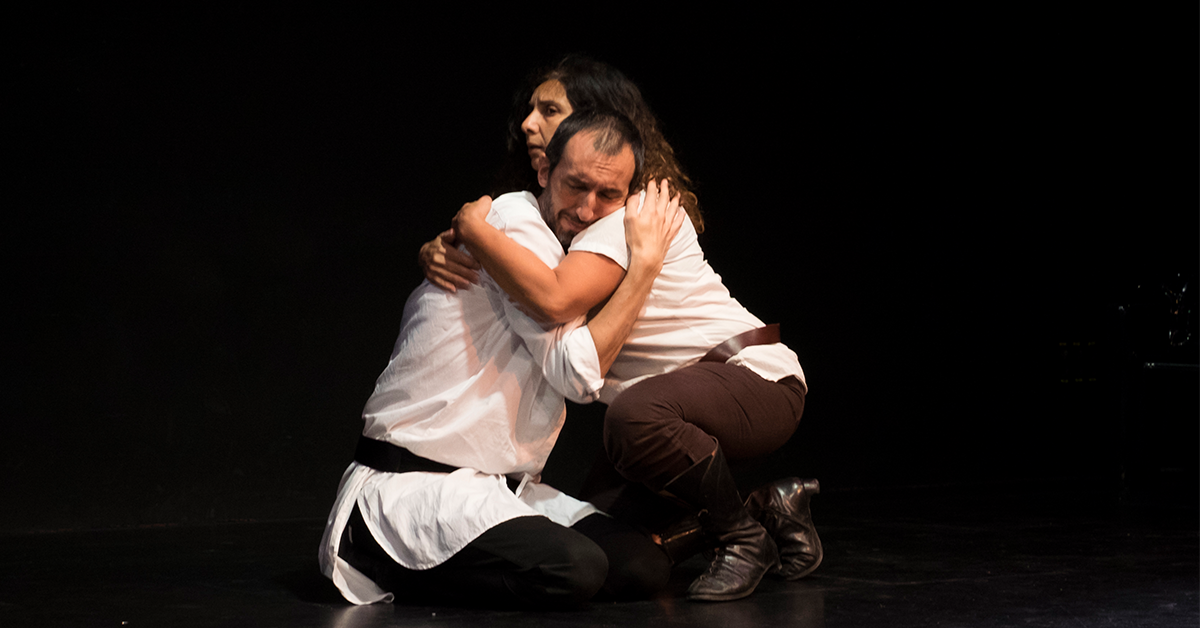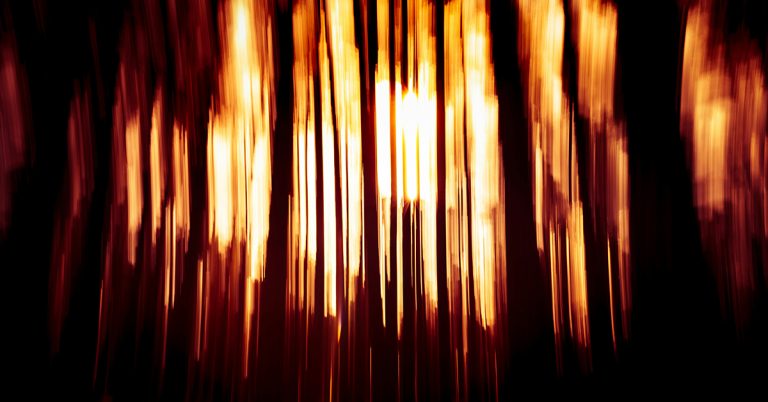
by Mieke Bal
My new book explores and analyses making “thought-images” by means of “image-thinking”.
In my experience in making films and video installations I learned that making images and thinking through what the process involved and yielded, as a mode of theorizing and analysing, led to more subtle, complex analyses of and insights into the cultural productions and processes of art. The insights generated remain “in becoming”, rather than ending up finished. Between image-thinking and thought-images there is a perpetually moving, dynamic, and reciprocal process going on. Making images can inspire, and is, thinking.
I have experimented with this in exploring situations in reality in social, experimental documentaries, and in fiction – films and installations based on prestigious “pre-texts”. The reciprocal process of image-thinking and the production of thought-images that deploys understandings of cultural artefacts, supports insight and knowledge on an integrated level of affect, cognition, and sociality resulting in a specific, effectively affective aesthetic. The book gives an overview and analysis of my practice as a filmmaker and a theorist together, integrated.
Here is a small excerpt from the opening chapter
Material Image-Thinking
The scene titled “Narrative Stuttering” from my 2019 video installation Don Quijote: Sad Countenances shows Don Quijote alone on a dark theatrical stage. For most of the eight-minutes episode, Sancho Panza is sitting on a chair on the side, holding the script, helping him when needed, as a prompter. The knight is trying desperately to tell his story, the adventures, his opinions, whatever happened to him and those around him, but he is unable to act effectively as a narrator. At the end, he bursts into tears. Sancho holds him in order to comfort him, demonstrating, by physical touch, that he is not entirely alone. This physicality is a primary point this ending of the episode is to make. But there is much more happening here; and all of that participates in the artwork, its effectivity as affective, and its status as an imaginative presentation of a very sad story.

First, these two figures can do what they do because they have a space in which to do it. That space is a stage; hence, a fictional and visual one. The darkness of the stage deprives the space of perspectival depth, at times making Don Quijote almost seem floating. The stage isolates him and, at the same time, gives him an audience. In line with this brief description, I consider the theatrical setting as a material “theoretical fiction”. It is material, built as a theatre. And once the figures are acting in it, it is a fiction. One that helps our thinking about, in this case, the social issue of empathy. Freud came up with the term “theoretical fiction”, to justify his fanciful story, in his 1913 book Totem and Taboo, of the sons who kill and eat their tyrannical father. A fiction indeed. But elaborating the story led him to, then helped him with, the discovery and elaboration of the Oedipus complex, a theoretical advance in his thinking. In that case, the fiction consisted of a narrative. The concept of “theoretical fiction” is a broader version of this. From 2008 on, Michelle Williams Gamaker and I have deployed that notion in a variety of films and video installations. Each time, we kept balancing the two sides, reflecting on how the fictions created by others helped a theoretical idea to make itself both concrete and elaborated.
This Freudian theoretical fiction is one “genre” of what I call “image-thinking”. Freud’s is narrative. Others can be visually compelling, cinematic, or poetic, such as some concept-metaphors. In Freud’s case, the theoretical result is primary. In a slightly different sense, where the visuality serves a pedagogical purpose, it is also how Leonardo da Vinci solved his problem of making his complex, abstract knowledge concrete and thus, clearer for himself, and understandable for others, through visualisation in painting. This is more literally image-thinking, with visual art as the primary yield.
In the scene from Don Quijote: Sad Countenances, the stage with its black floor suggests the potential of the theatre to be affectively effective; that is the theoretical question. This concerns disciplinary specialisations within the Humanities and the cultural practices studied there. The stage proposes a fictional space in which viewers can engage themselves, imaginatively going along with the fiction presented. In this sense the stage explores how theatricality can help to enable the narratively disabled.
What Sancho is doing, physically, on the material stage, is what audience members are called upon to do, albeit without physical touching. Such a call stems from the need of the narratively incapacitated figure in his theatrical setting, and by extension, the likes of him in real life, for an empathetic audience. If this call succeeds, the viewers can no longer be considered an audience, with the connotations of passivity, receptivity and unification that word suggests, but become participants. Materiality, intermediality, and participation: these three elements already go to show that image-thinking exceeds the limited view of fiction that has misled critics so frequently into judgmental rejections of fiction as unreal, irrelevant, and escapist.
Want to keep up to date on our latest Philosophy books? Sign up to our mailing list.
About the book
Artmaking as thinking
- Proposes a new model of synthesis of creative and intellectual work that will benefit practitioners, students and scholars across the humanities and social sciences
- Merges theoretical and practical considerations in innovative and empowering ways
- Clarifies difficult concepts through accounts of practice including trauma, agency, identity and affect
- Closes with a discussion of cultural memory
- Includes 10 in-depth case studies of films made over 20 years where each case study integrates concrete analysis with theoretical reflection
Order here
About the author

Lena Verhoeff)
Mieke Bal is a cultural theorist, critic, video artist and curator. Among her books on visuality is a trilogy on political art, Of What One Cannot Speak: Doris Salcedo’s Political Art, Endless Andness: The Politics of Abstraction According to Ann Veronica Janssens and Thinking in Film: The Politics of Video Installation According to Eija-Liisa Ahtila.
Her video project, Madame B, with Michelle Williams Gamaker, is widely exhibited and in 2017 was combined with paintings by Edvard Munch in the Munch Museum in Oslo. After Reasonable Doubt, on René Descartes and Queen Kristina (2016) she made a 16-channel video installation On Quijote: Sad Countenances and the short essay film It’s About Time! Reflections on Urgency.






